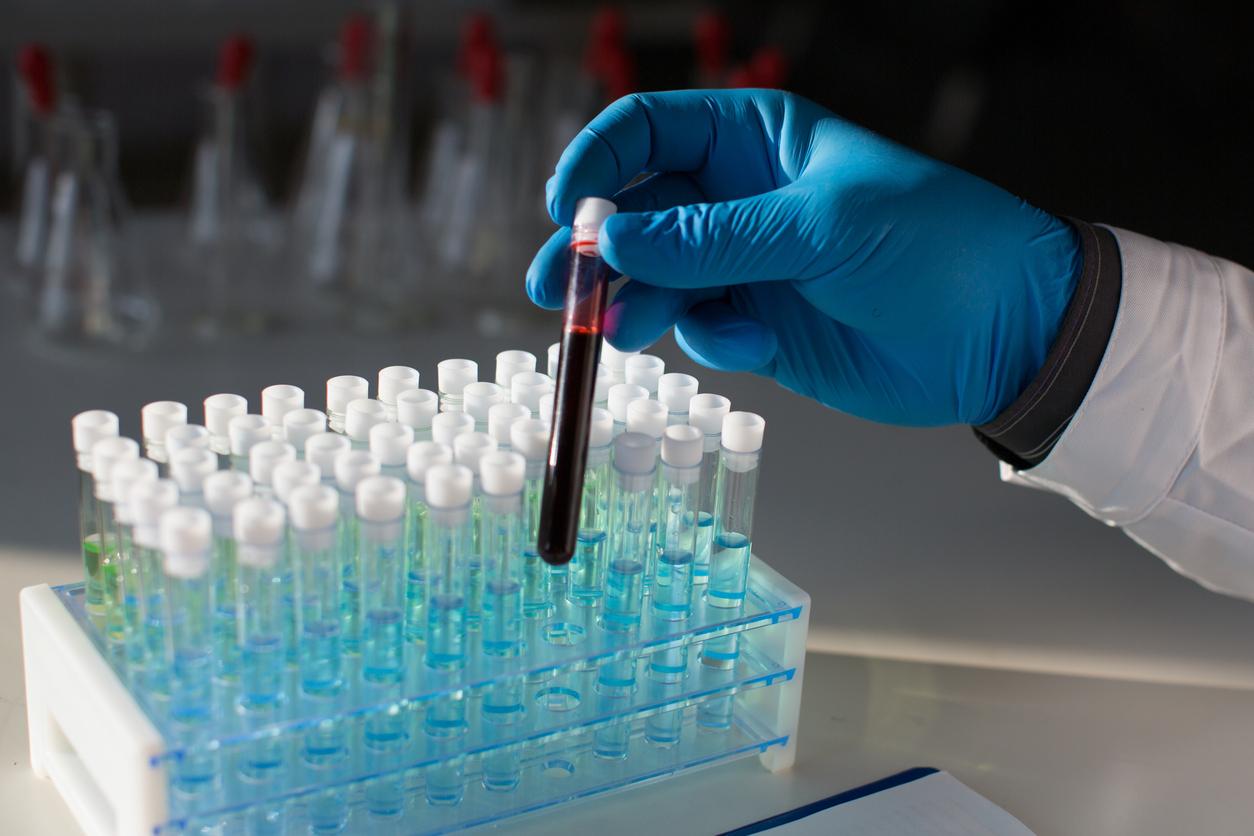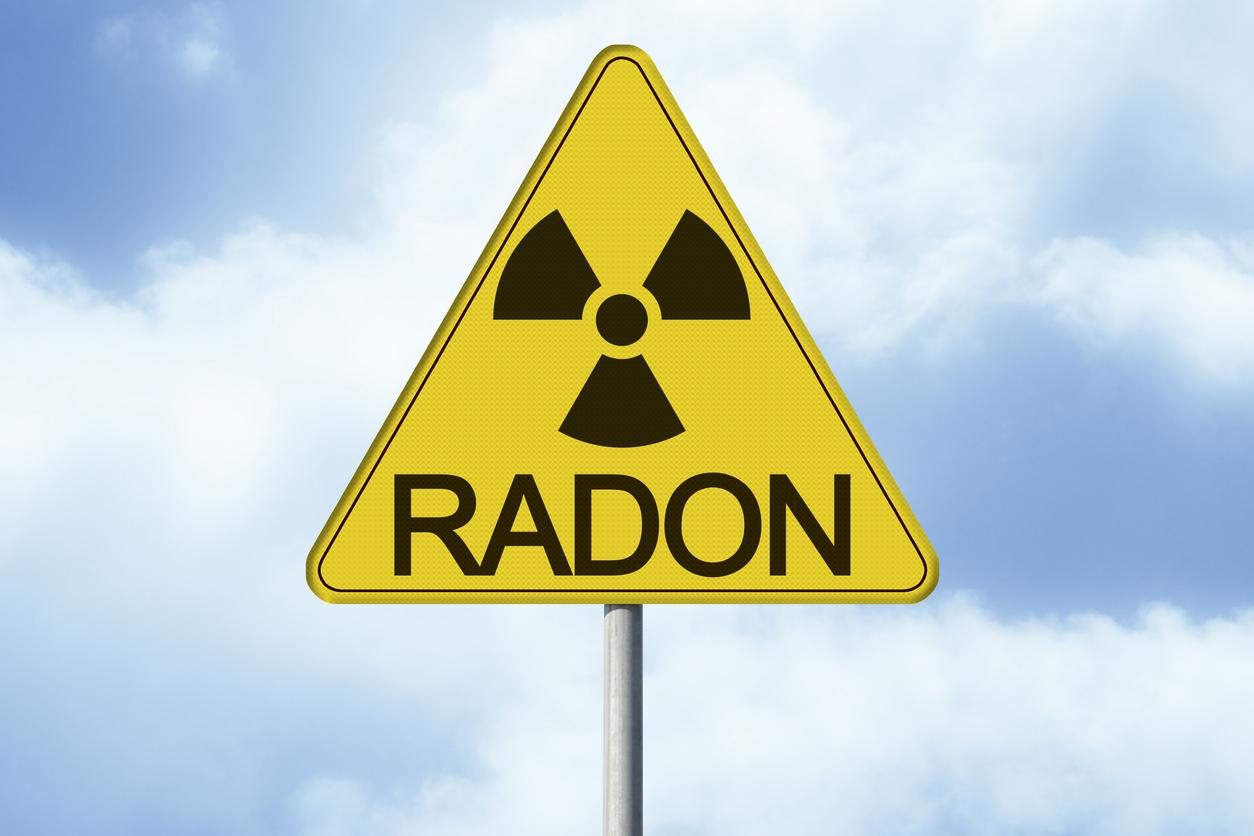Lung cancer (also called “bronchial cancer” or “bronchopulmonary cancer”) is not uncommon: it is the second most common cancer in men, the third in women. The main risk factor for this disease is smoking: cigarettes are responsible for 8 out of 10 lung cancers.
When lung cancer is detected early (using a low-dose chest scanner without injection, also called computed tomography), effective treatments can be put in place: surgery, chemotherapy, radiotherapy… When the management is late, however, the prognosis can be poor: the 5-year survival rate is currently only 20%.
Precisely: to help diagnose lung cancer, researchers from the European Pathacov project have developed a machine (which comes in the form of an “electronic nose”) capable of detecting traces of the disease in the breath. patients.
A first non-invasive screening for lung cancer
How it works ? “All human cells release volatile organic compounds (VOCs). When an organ becomes cancerous, the VOCs released changeexplained the pulmonologist Régis Matran (quoted by our colleagues from Parisian) during a press conference at the Lille University Hospital. We then speak of the molecular signature of a disease.“
This “electronic nose” was designed to be linked to a smartphone application: the COVs collected are analyzed by an artificial intelligence which then generates a positive or negative signal – in the latter case, it may be necessary to carry out a screening lung cancer by computed tomography.
So far only tested on artificial breath, the “electronic nose” will now be tested in hospitals: it could be accessible to the general public in a few years. “Our hope is to provide general medical practices [pour un premier dépistage] simple, non-invasive [des patients à risque]“say the researchers.
Source :The Parisian


















